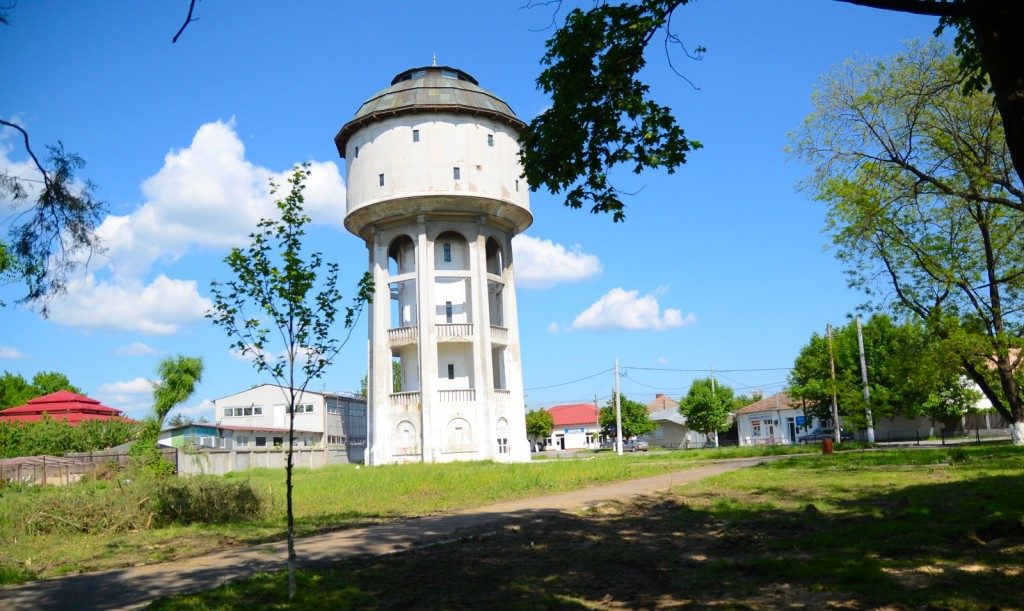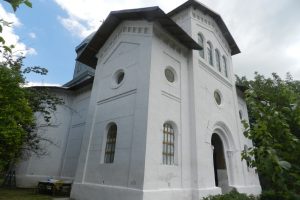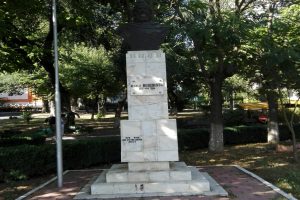

The Art Museum of the municipality of Oltenița has been opened for the public in the year 2001. This museum, until present unique in the country, because of the fact that it is installed in an unconventional space, in a construction destined specially for the redistribution of the drinking water for the habitants of the city, is a point of attraction for the tourists. The tower was built in the year 1919, and in the year 1922 it was made available the water mill from which Oltenița was provided with. In the year 1916 it was bombarded by enemies, after which it was renovated when it was also built the Oltenița hall, in the year 1924. The population from the city was provided with at that time from the river Argeș.
In the year 2003, with a remarkable effort and with the help of some plastic artists from Oltenița, who made donations, the Art Museum is still quite modest, from the number point of view, but also from the artistic point of view, are a few susceptible exhibits to be part of the national cultural patrimony. The most important works are:
– “Impetus” – a bust sculpted in white marble by the artist Alexandru Severin, who in the inter-war period arrived on the lands surrounding Oltenița. In many more communes surrounding the municipality of Oltenița there are found commemorative monuments, sculpted or cast in bronze, executed by the artist. O sculpture, identical with the marble bust situated in the museum of Oltenița, is exhibited at the National Art Museum of Romania. About the way in which this remarkable artistic execution arrived at Oltenița, it is very less known and it is very vague.
– “Old lady talking”, Nicolae Trepăduș – it is a sculpture cast in gypsum, which represents an old lady in natural size, executed by the artist in the year 1912, while he was completing his studies at Vienne. It was exhibited at the saloon „Kűnstler – Haus”, where it was awarded. According to some art critics, the expressive sculpture would portray the sculptor’s grandmother. O remarkable attention deserves the époque clothing. A replica sculpted in wood of the work was exhibited in the same year at Bucharest, in the saloon “The Artistic Youth”. The wooden sculpture was bought by the writer N. D. Cocea.
– „Leonard”, Nicolae Trepăduş –sculpture cast in gypsum, it is a bust of natural size, which represents the opera singer, the tenor Nicolae Leonard (1886 – 1928);
– „Youth”, Nicolae Trepăduş – a sculpture cast in gypsum, in which it is portrayed the sculptor’s sister.
In the museum’s exposition there are also present a few painting and graphic works executed by the consecrated contemporary painters such as Aflorii Elena, Constantin Baciu and Cici Constantinescu: “Bucharest scenery”, aquarelle, signed Aflorii Elena, dated at 1963; “Show scene”, graphics in charcoal, by C. Baciu, dated at 1963; “The Danube at Tulcea”, oil painting on board, by Cici Constantinescu, dated 1963.



